Year 2 Geometry Worksheets
Angles at a Point
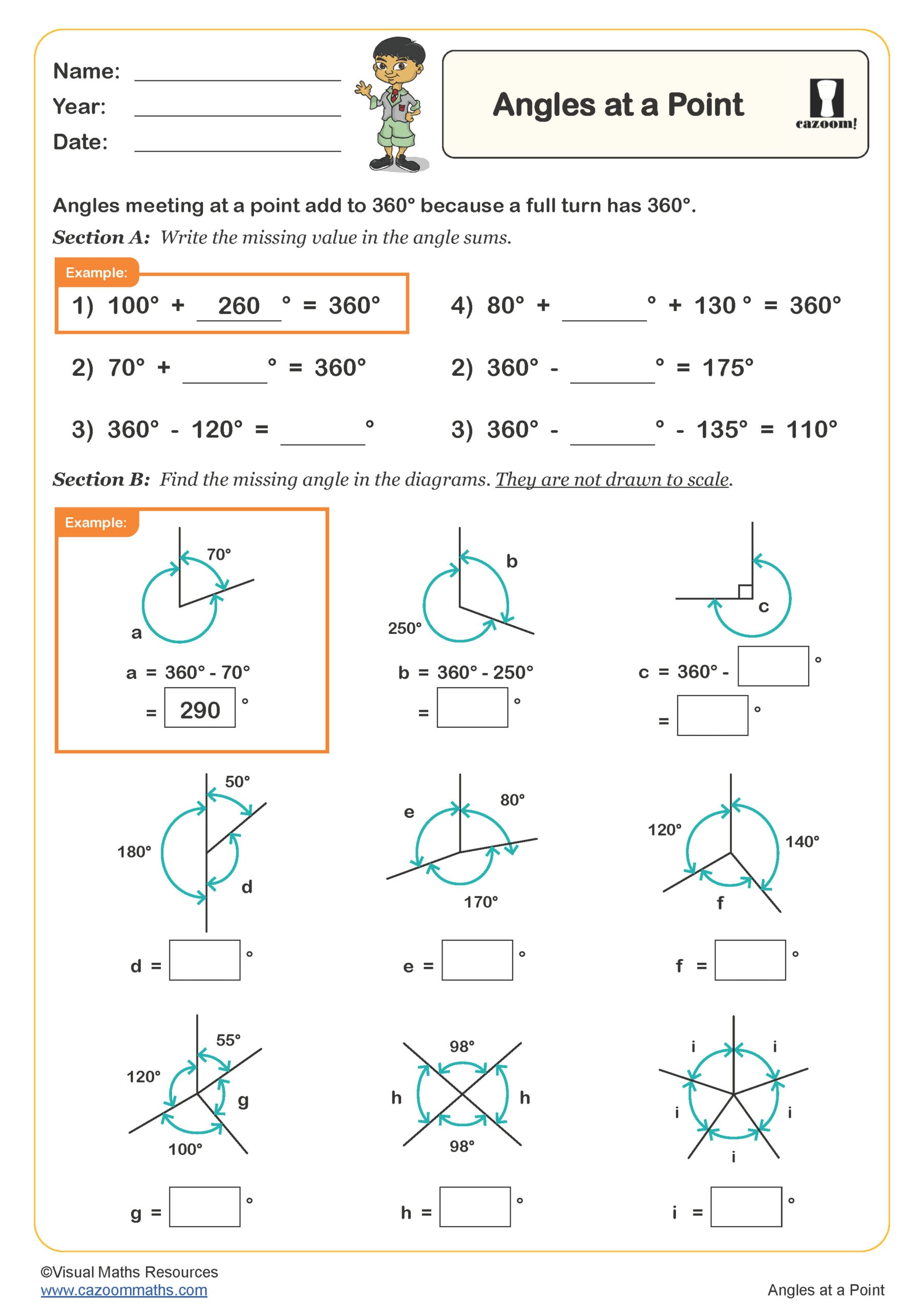
Angles in Quadrilaterals (A)
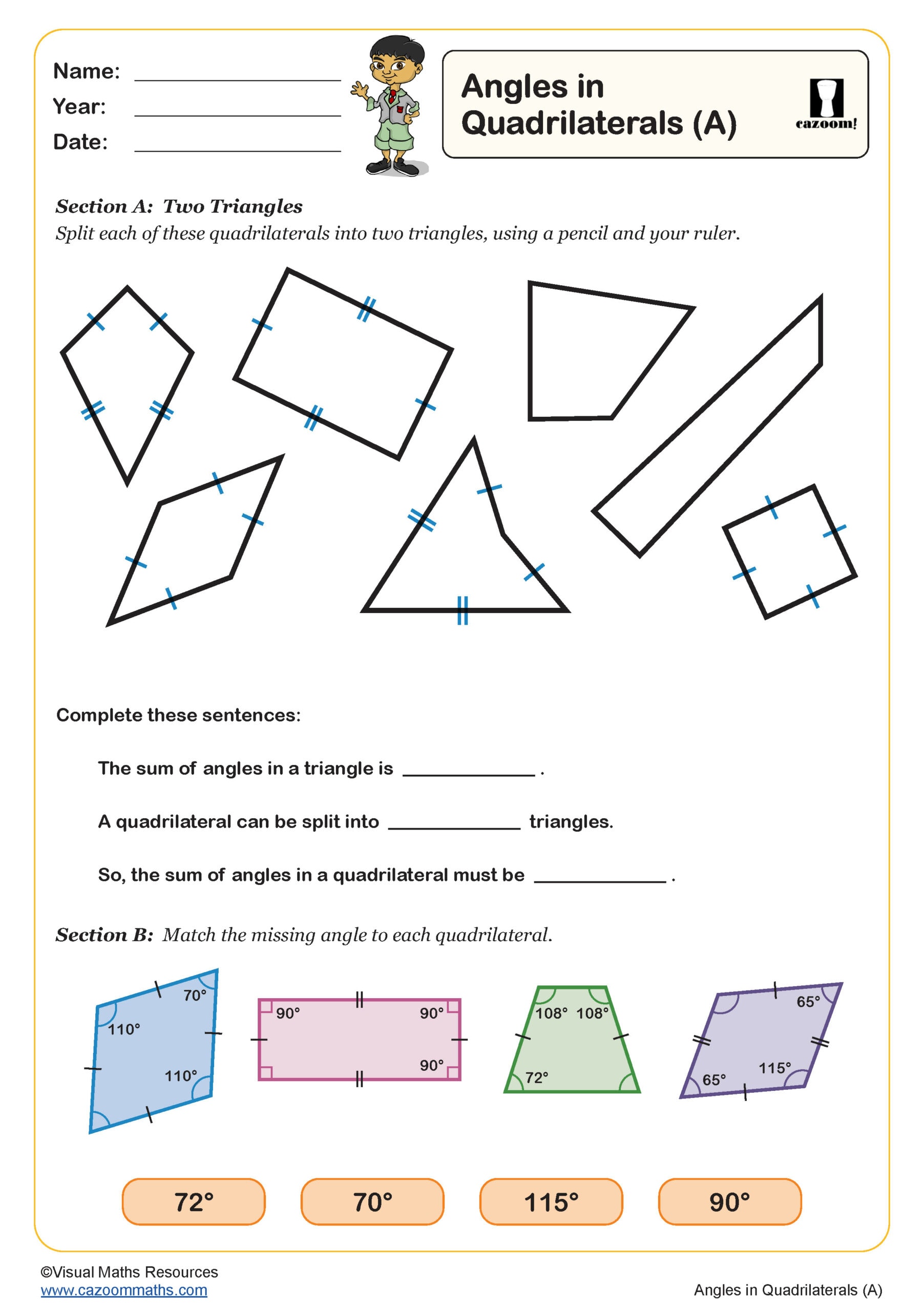
Angles in Quadrilaterals (B)
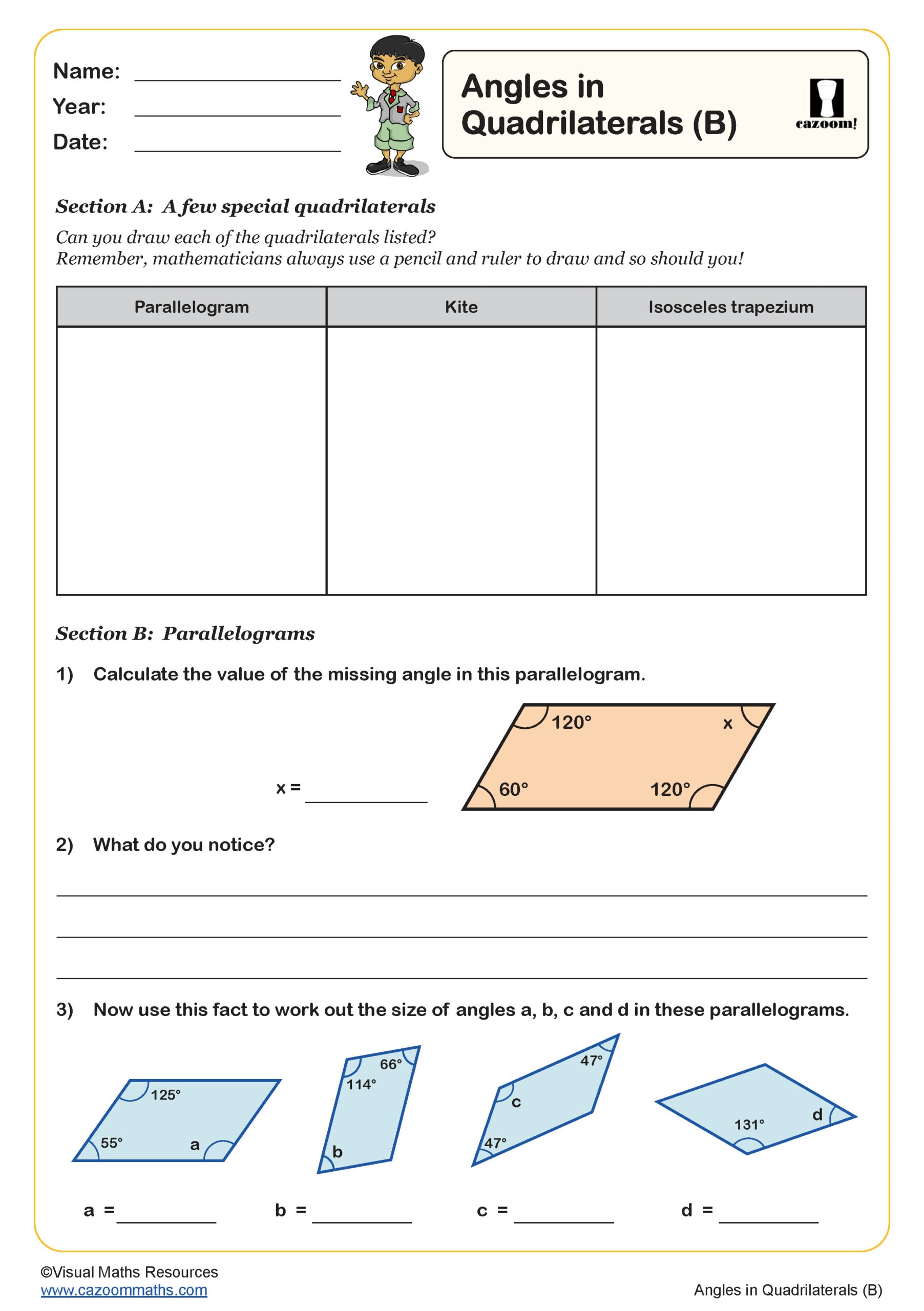
Angles in Triangles (A)
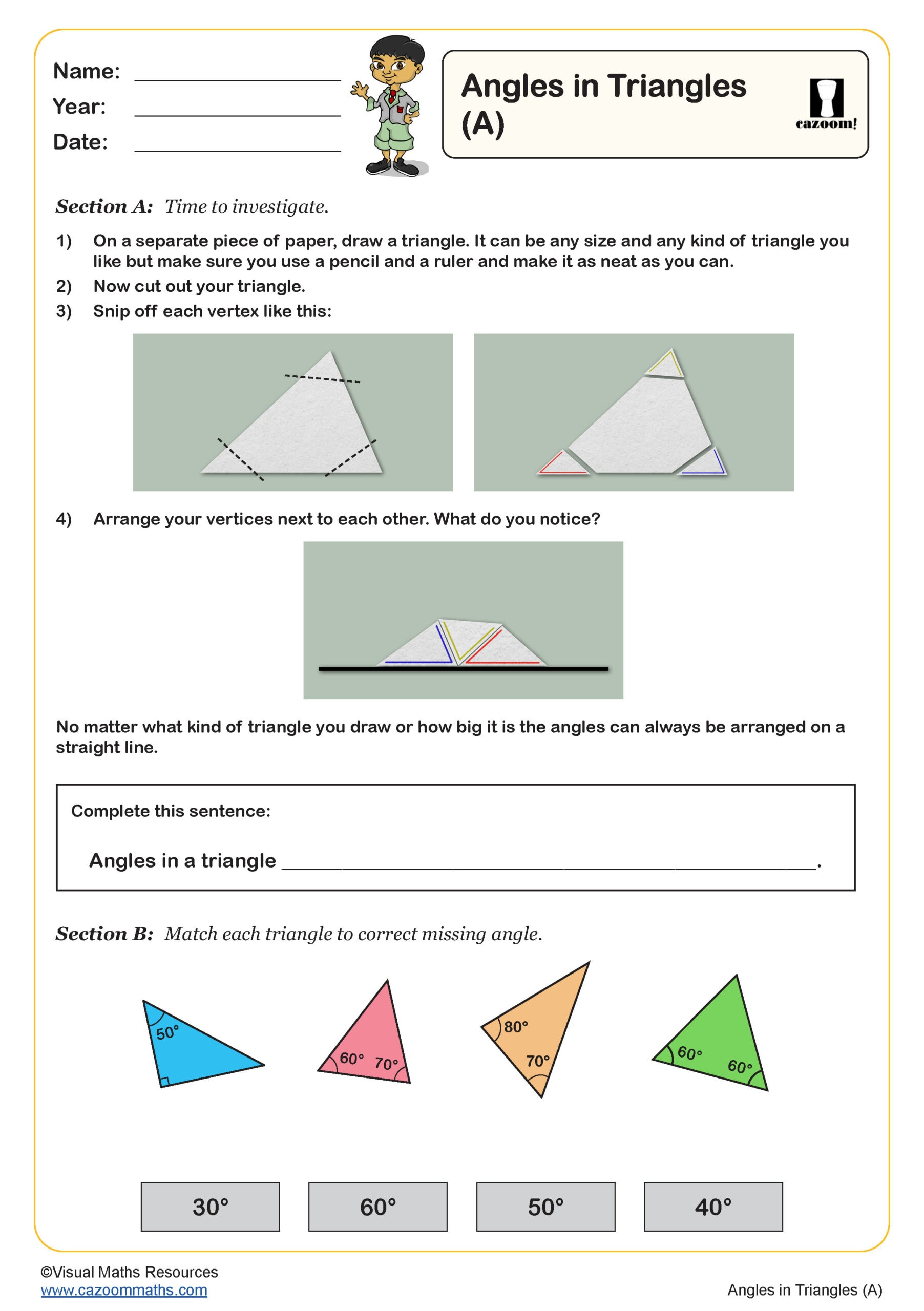
Angles in Triangles (B)
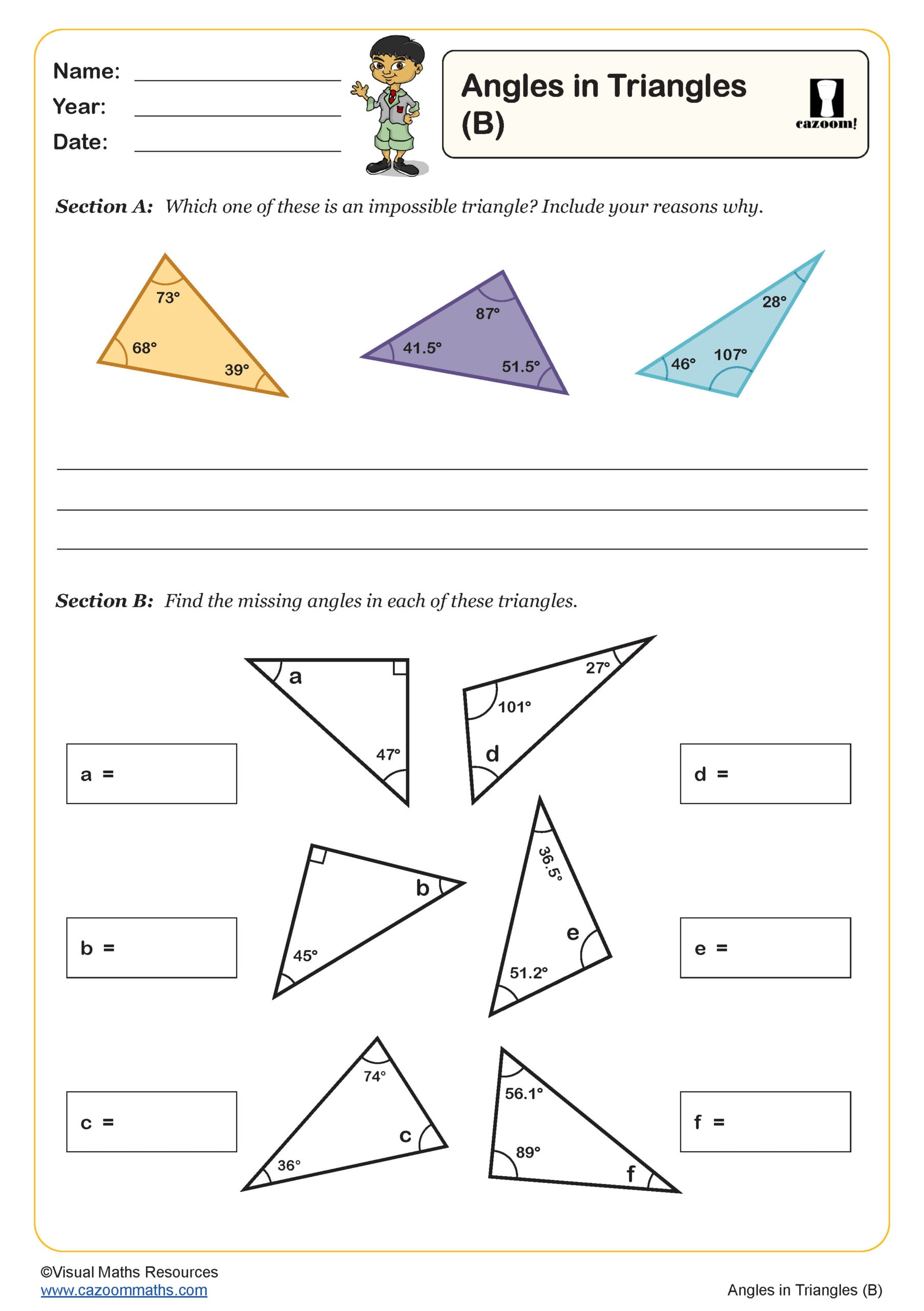
Angles in Triangles (C)
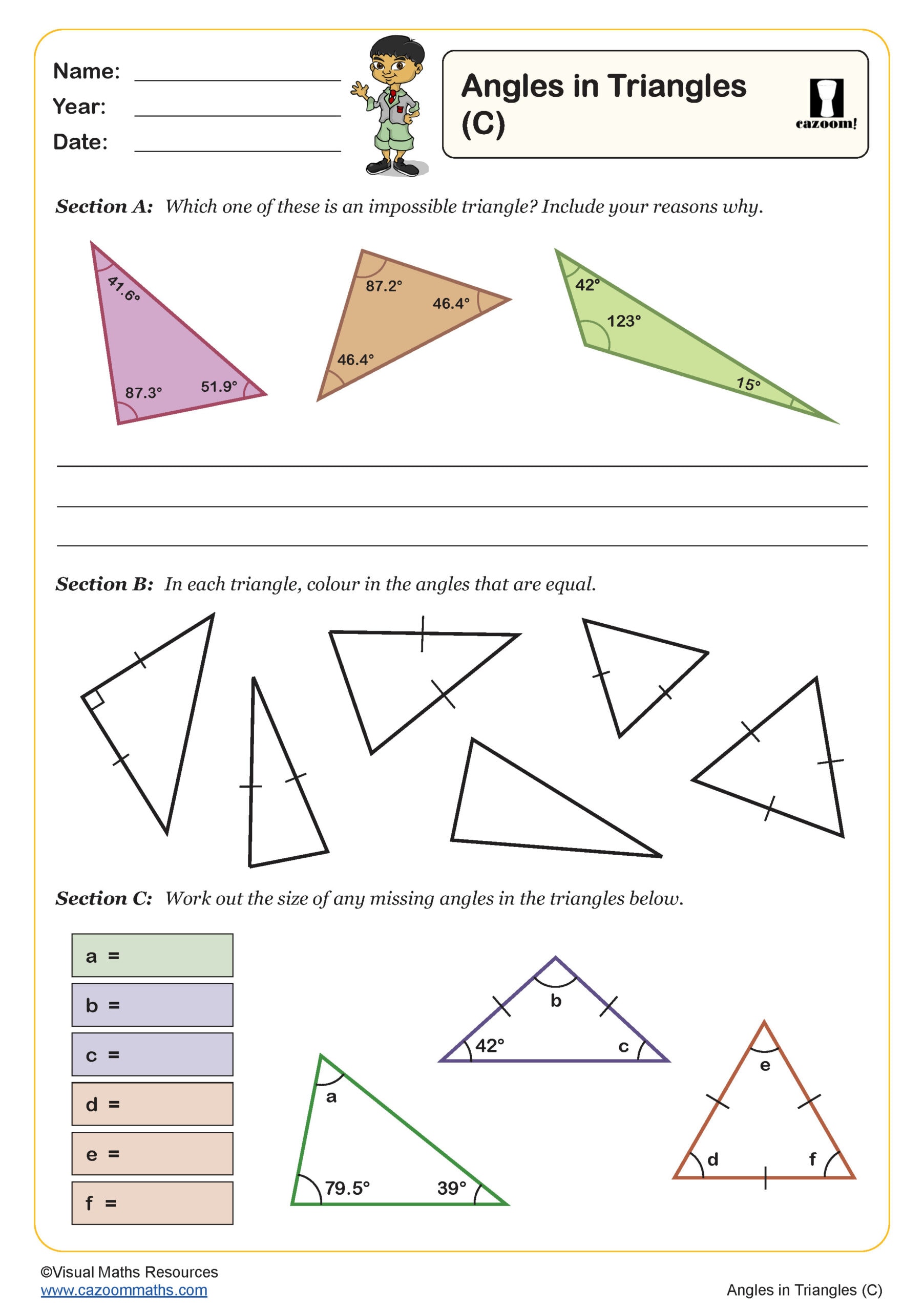
Angles in Triangles (D)
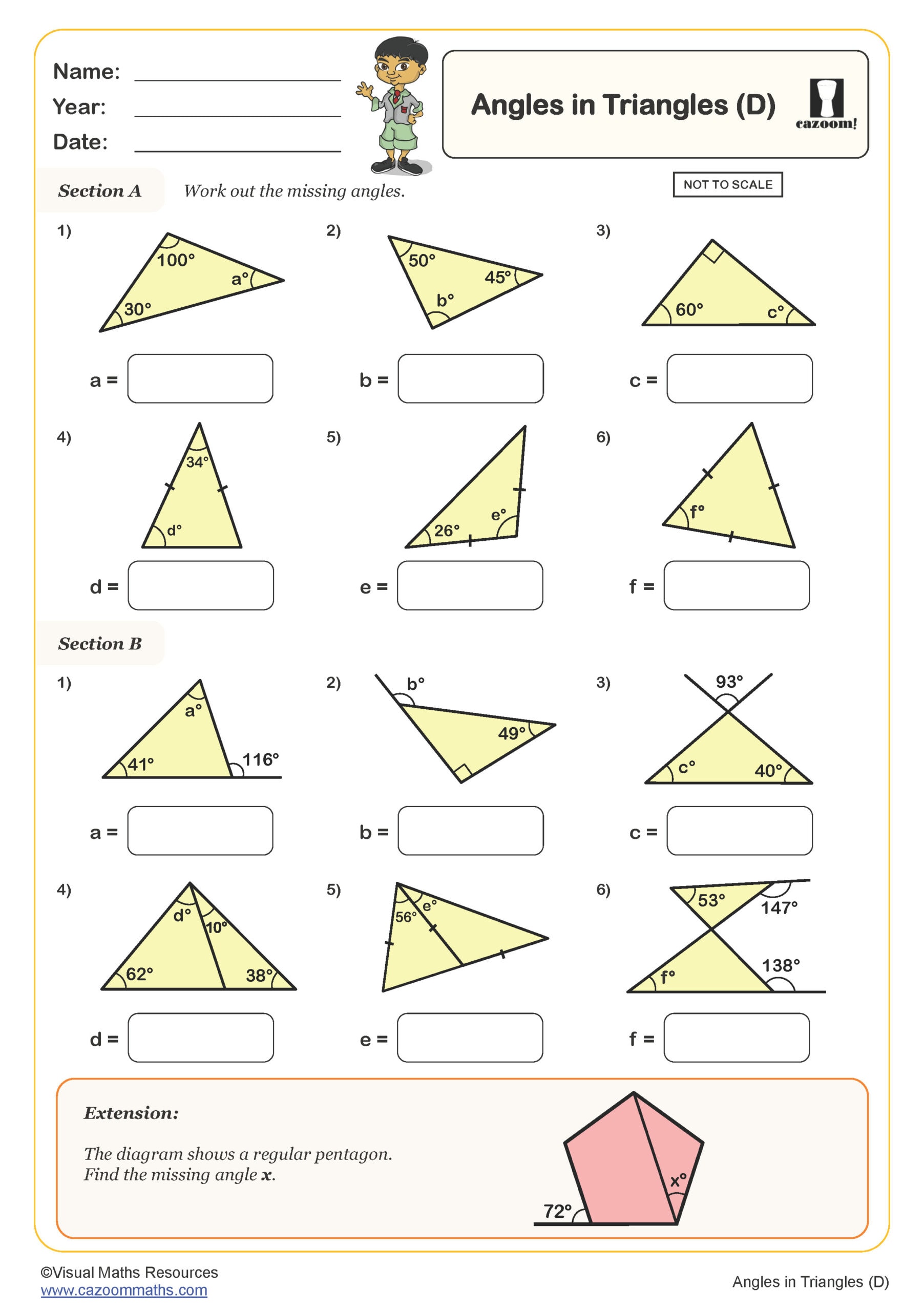
Calculating Angles (A)
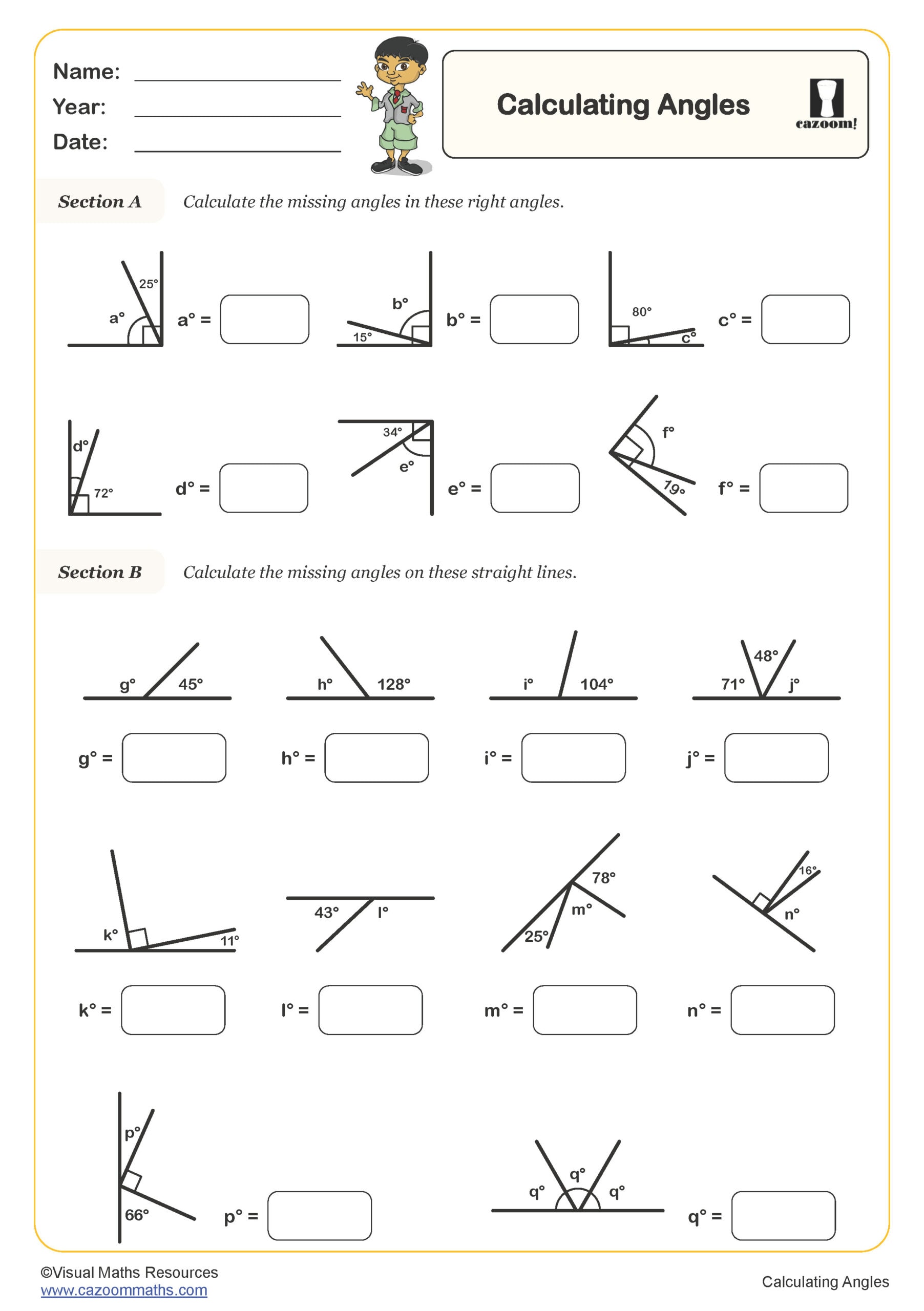
Comparing angles with 90 degrees, 45 degrees and 135 degrees
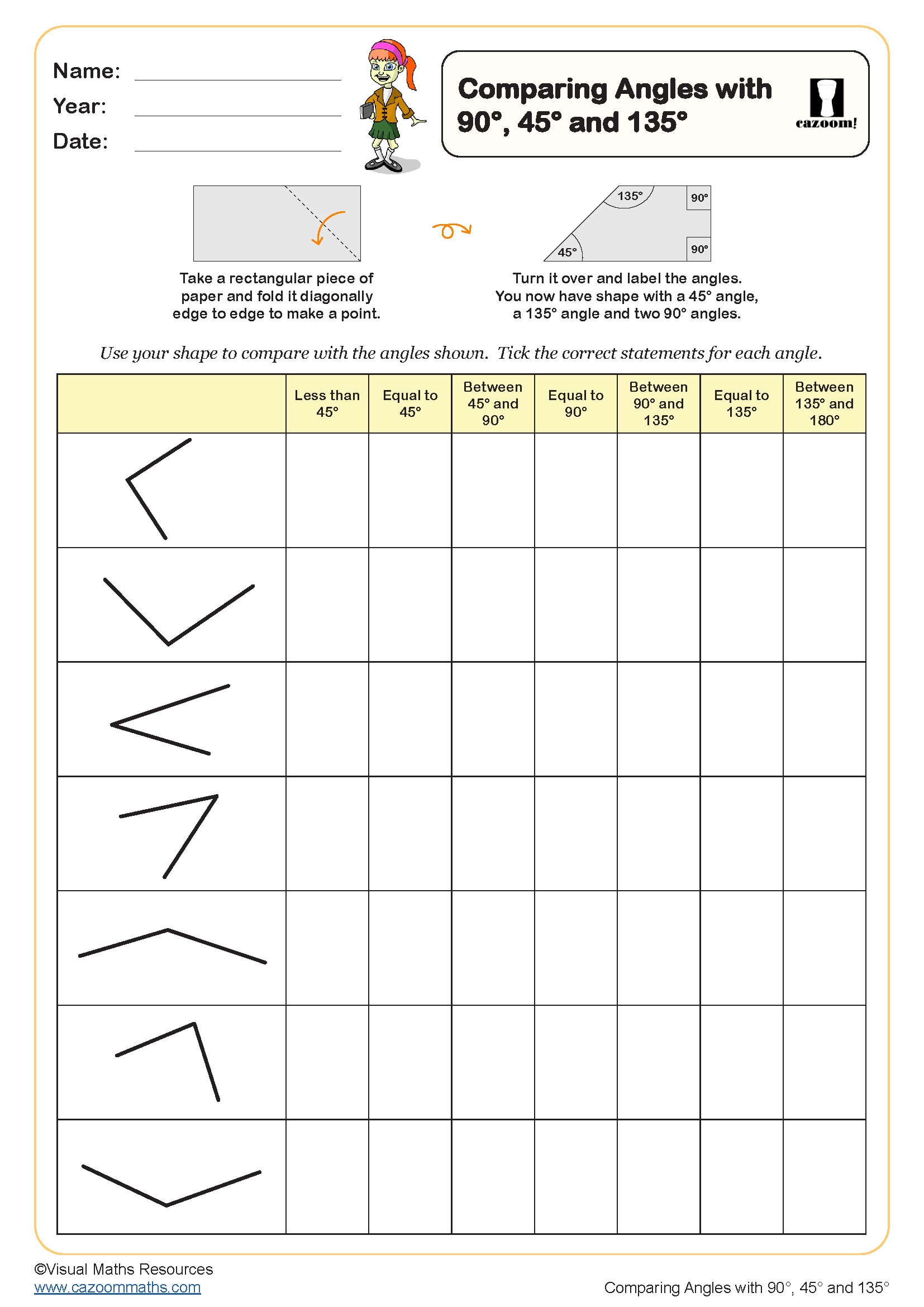
Coordinate Problems
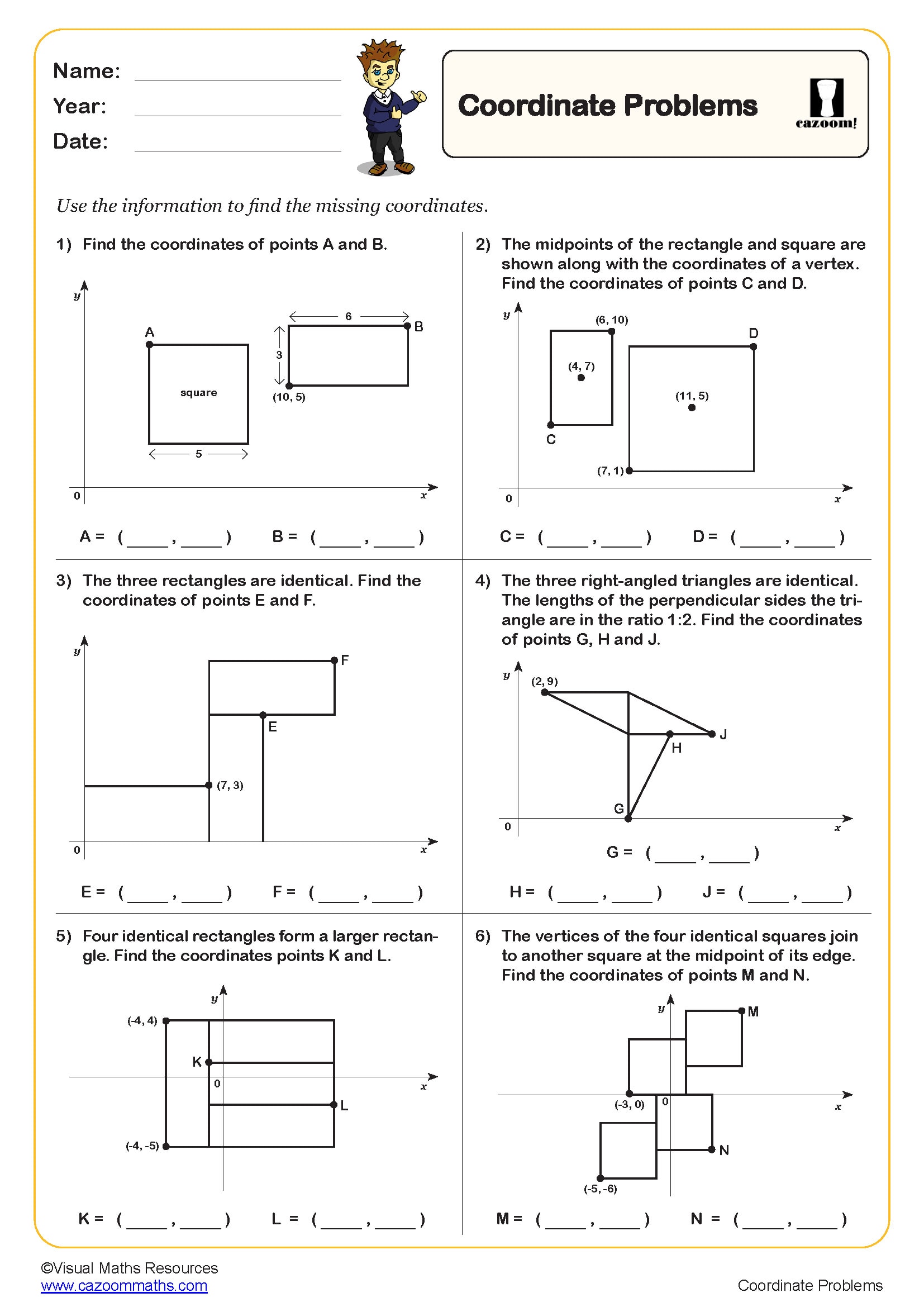
Coordinates in the First Quadrant (B)
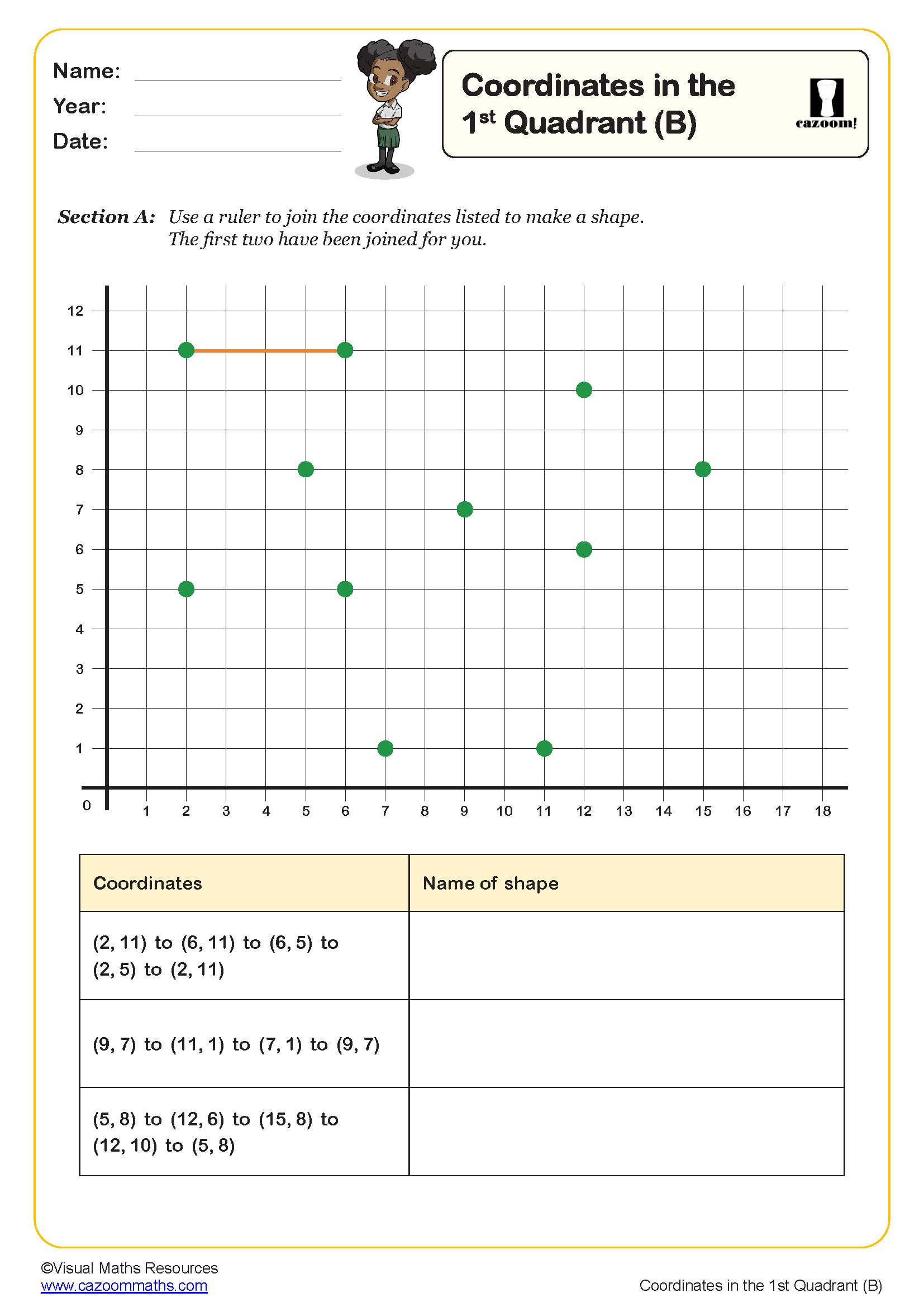
Describing Rotations
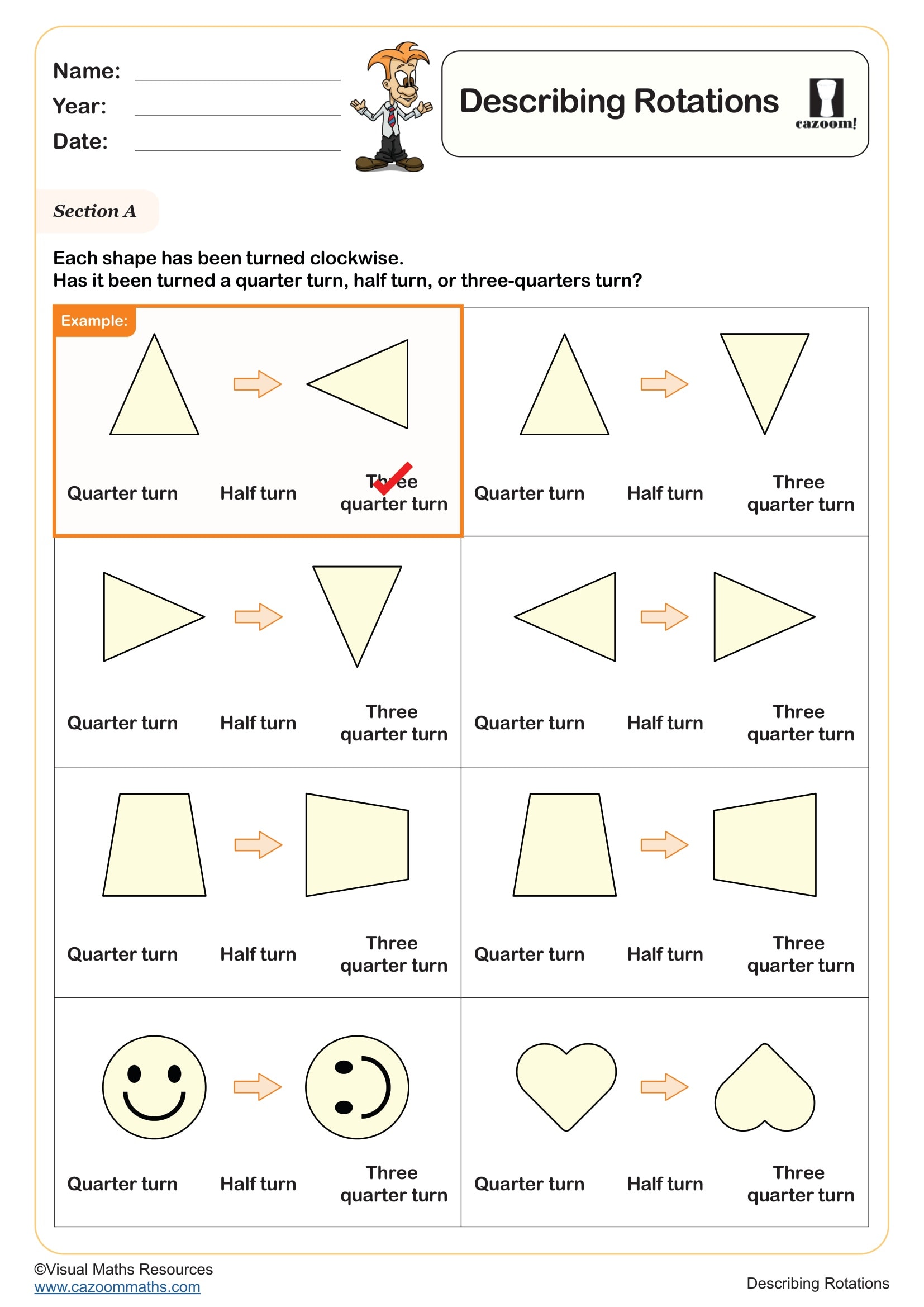
Distance on a Coordinate Grid
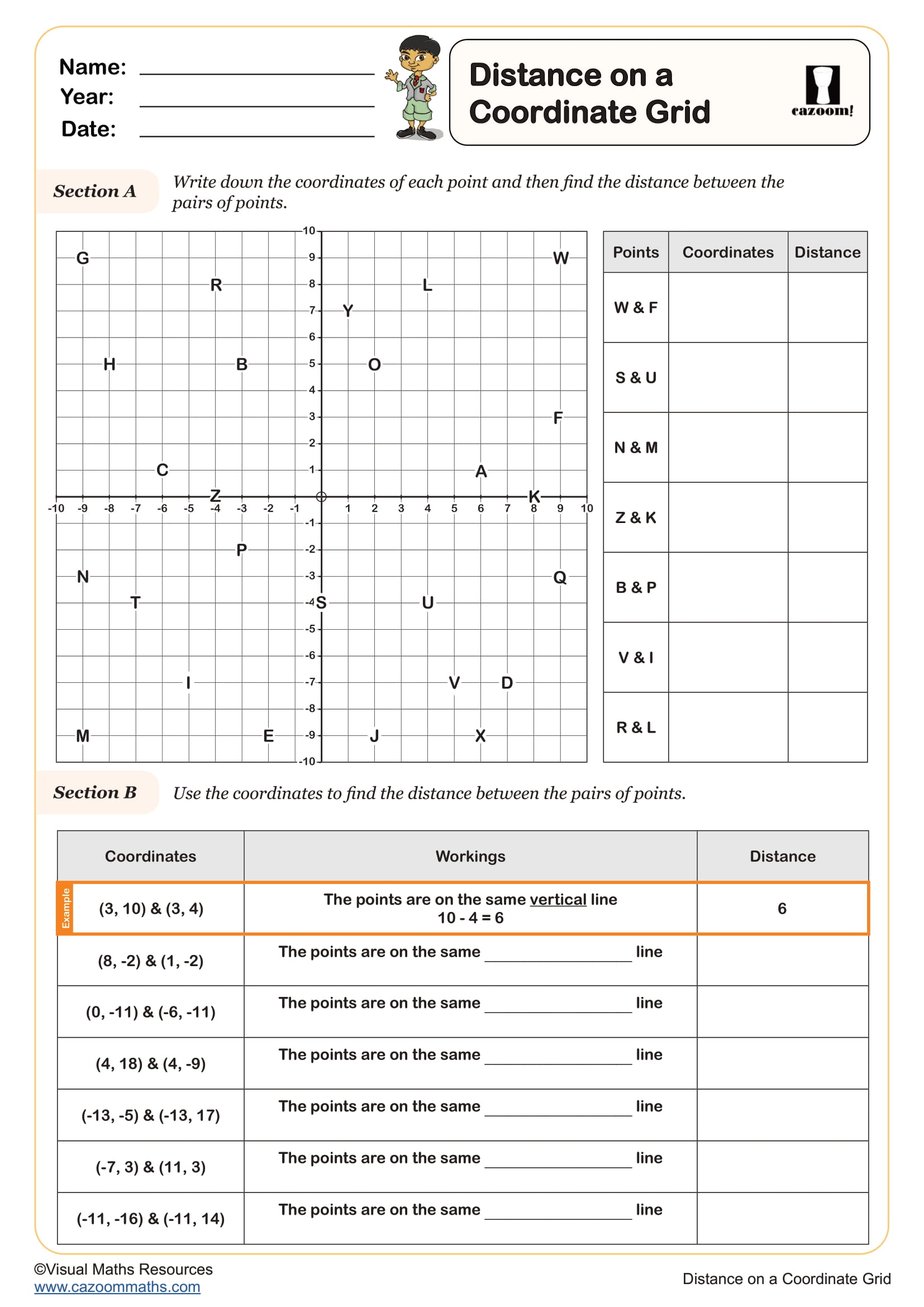
Drawing and Measuring Angles
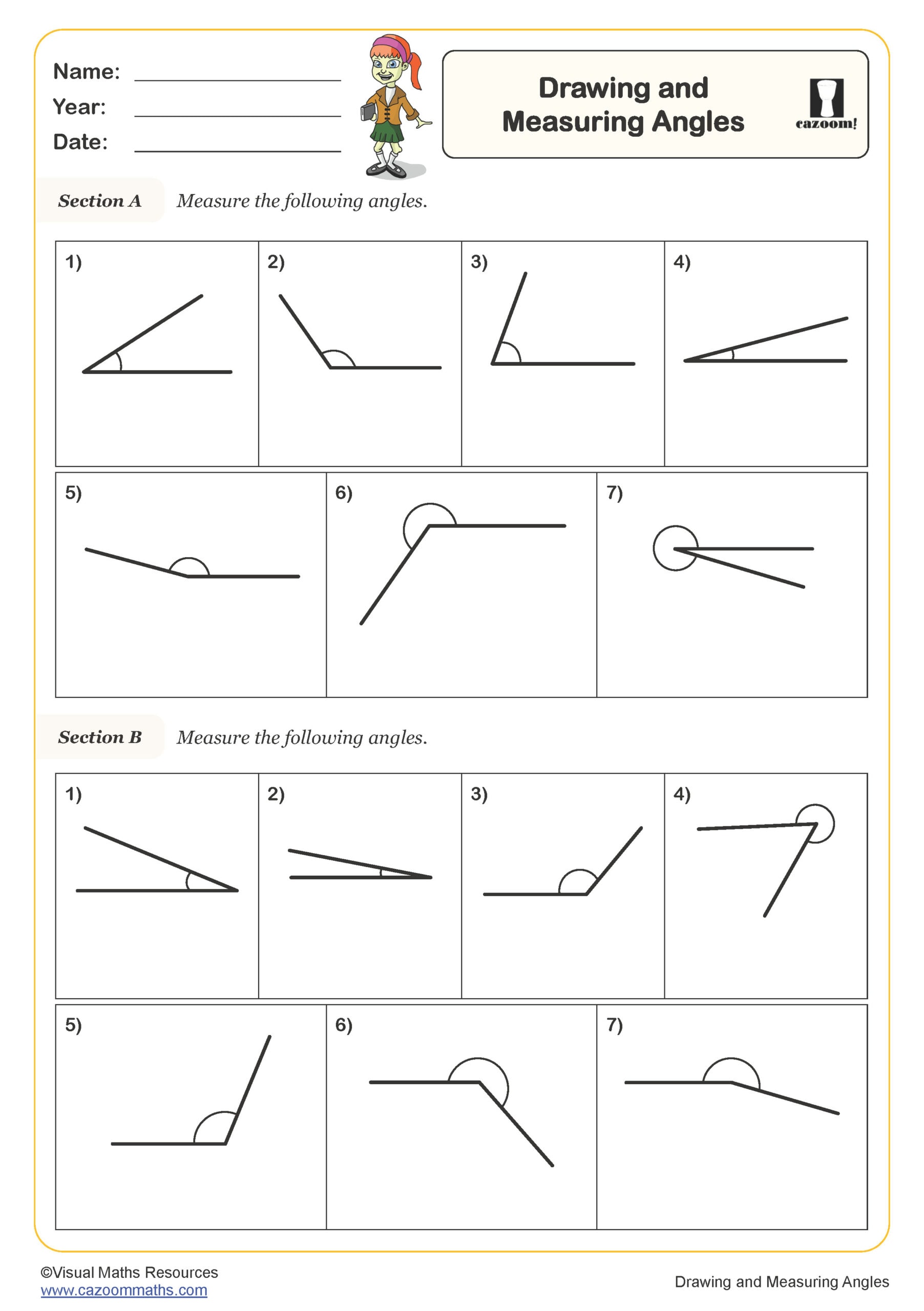
Estimating Angles
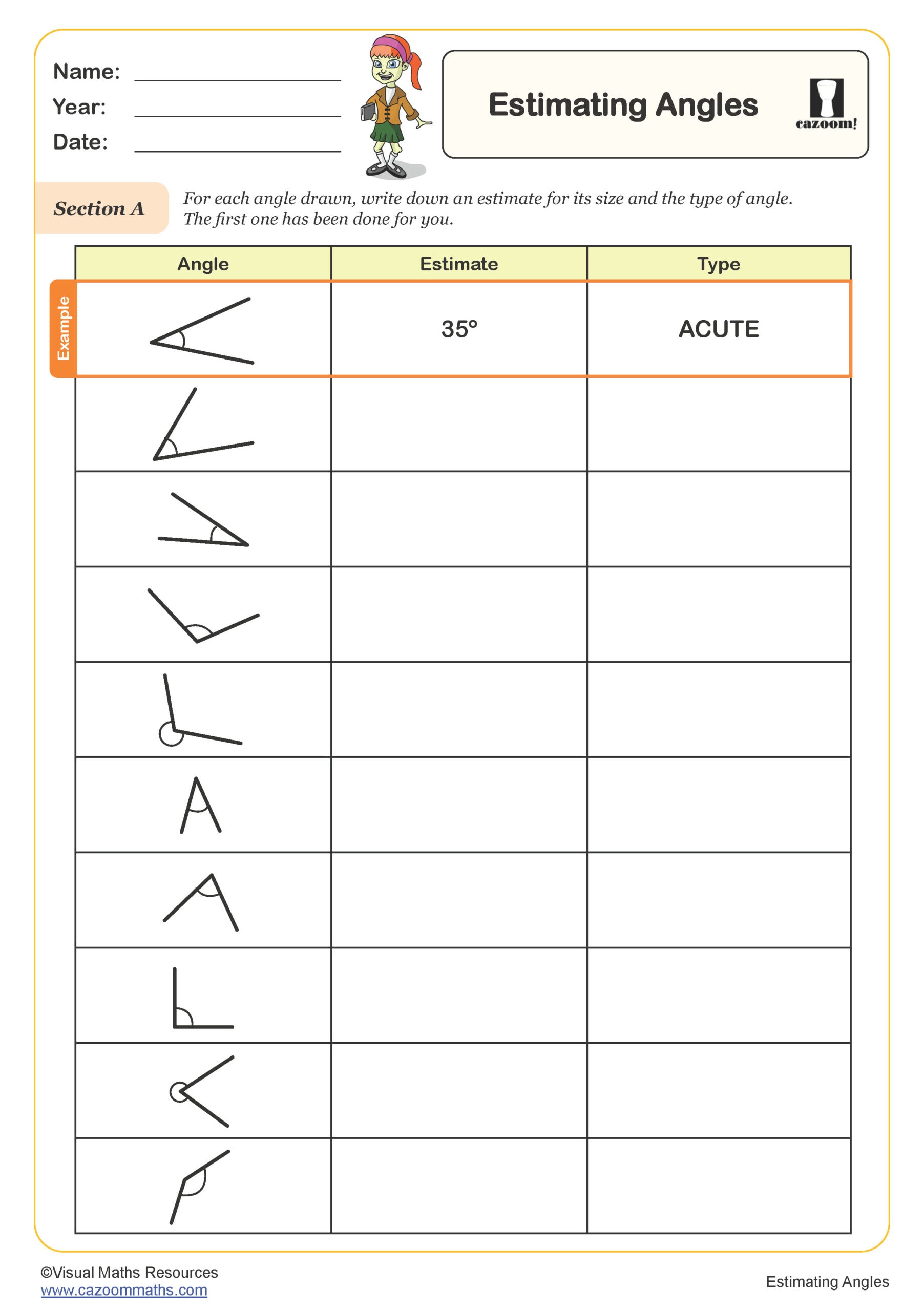
Identifying Angles
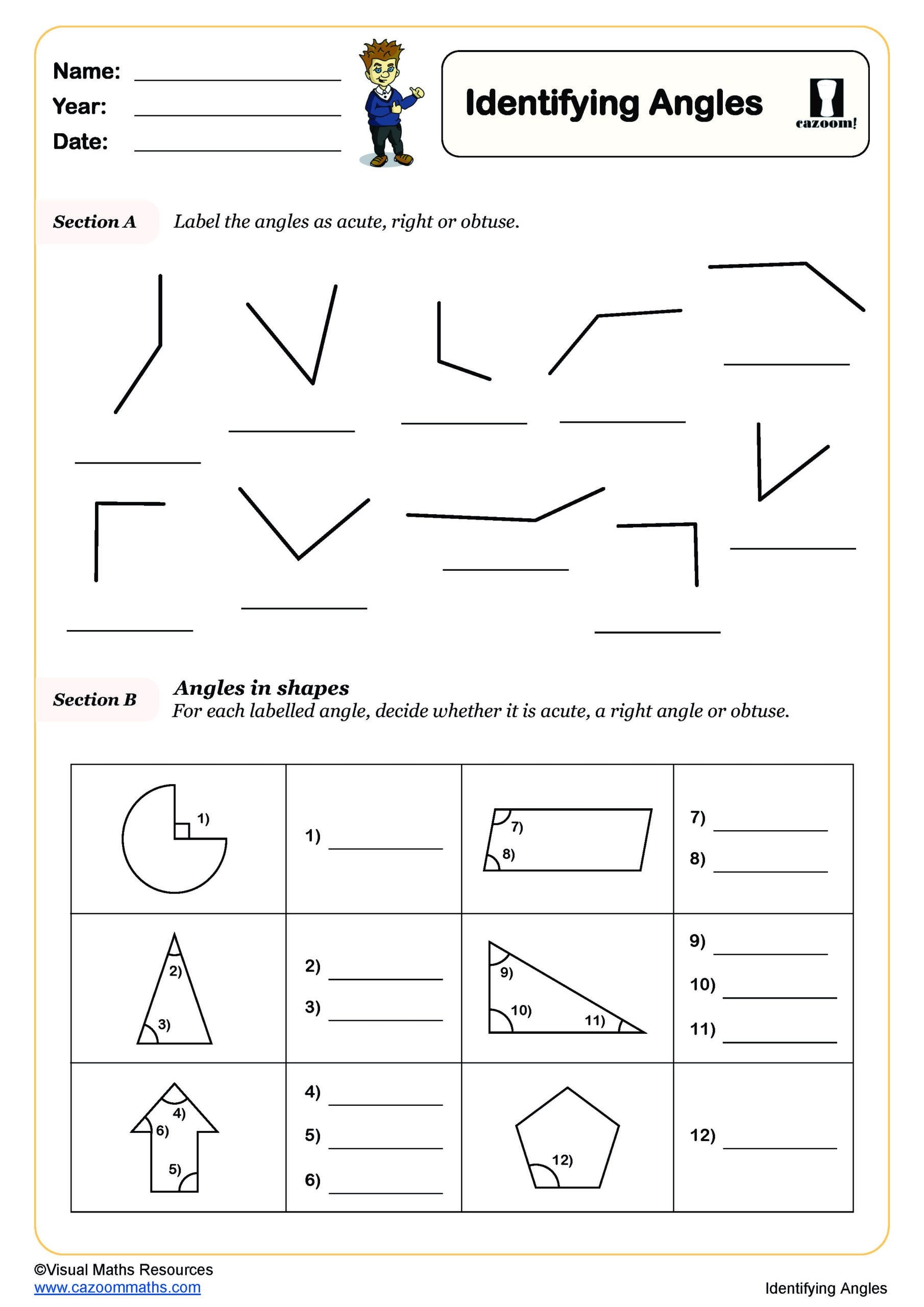
Midpoints of Lines
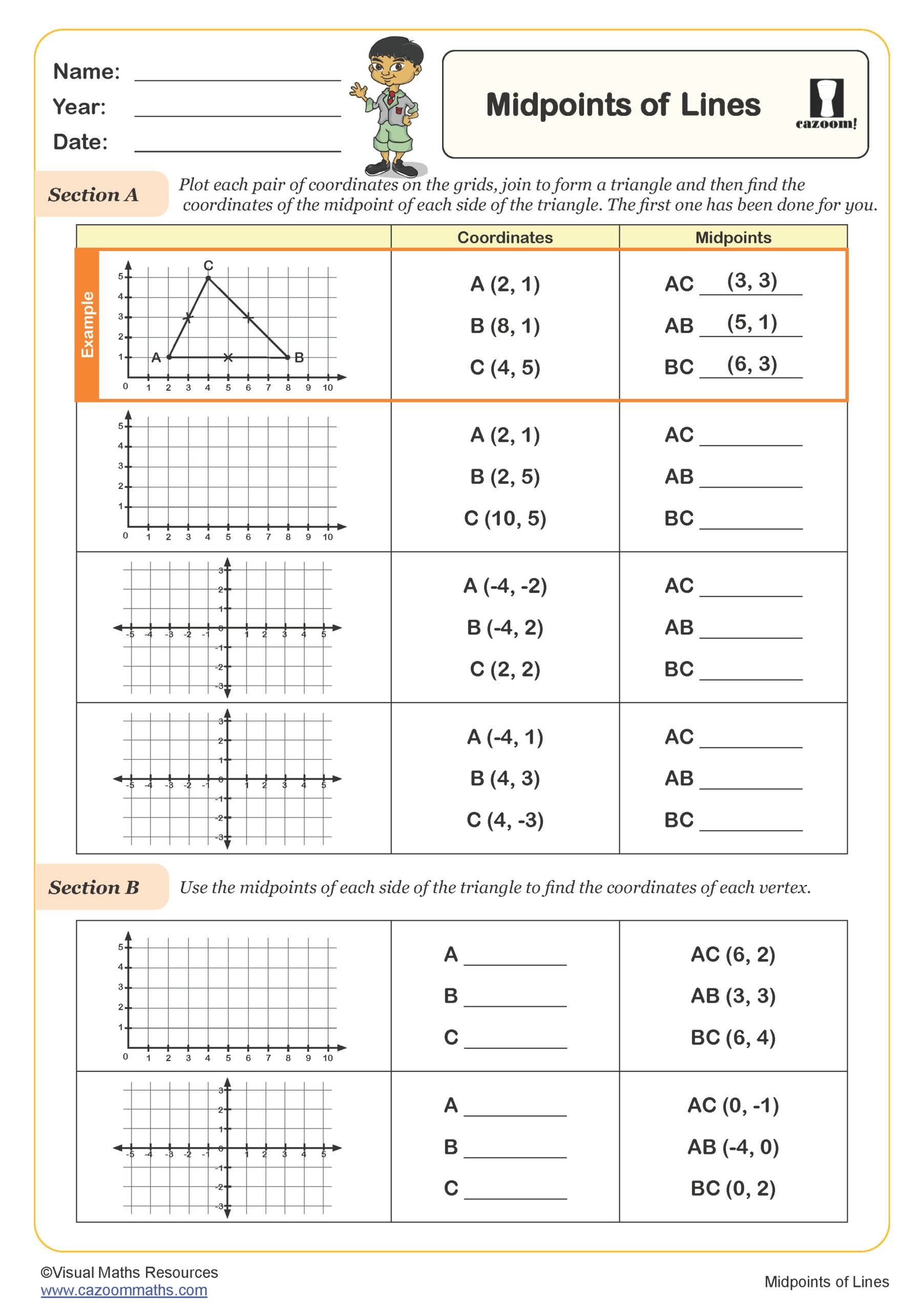
Parallel and Perpendicular Lines
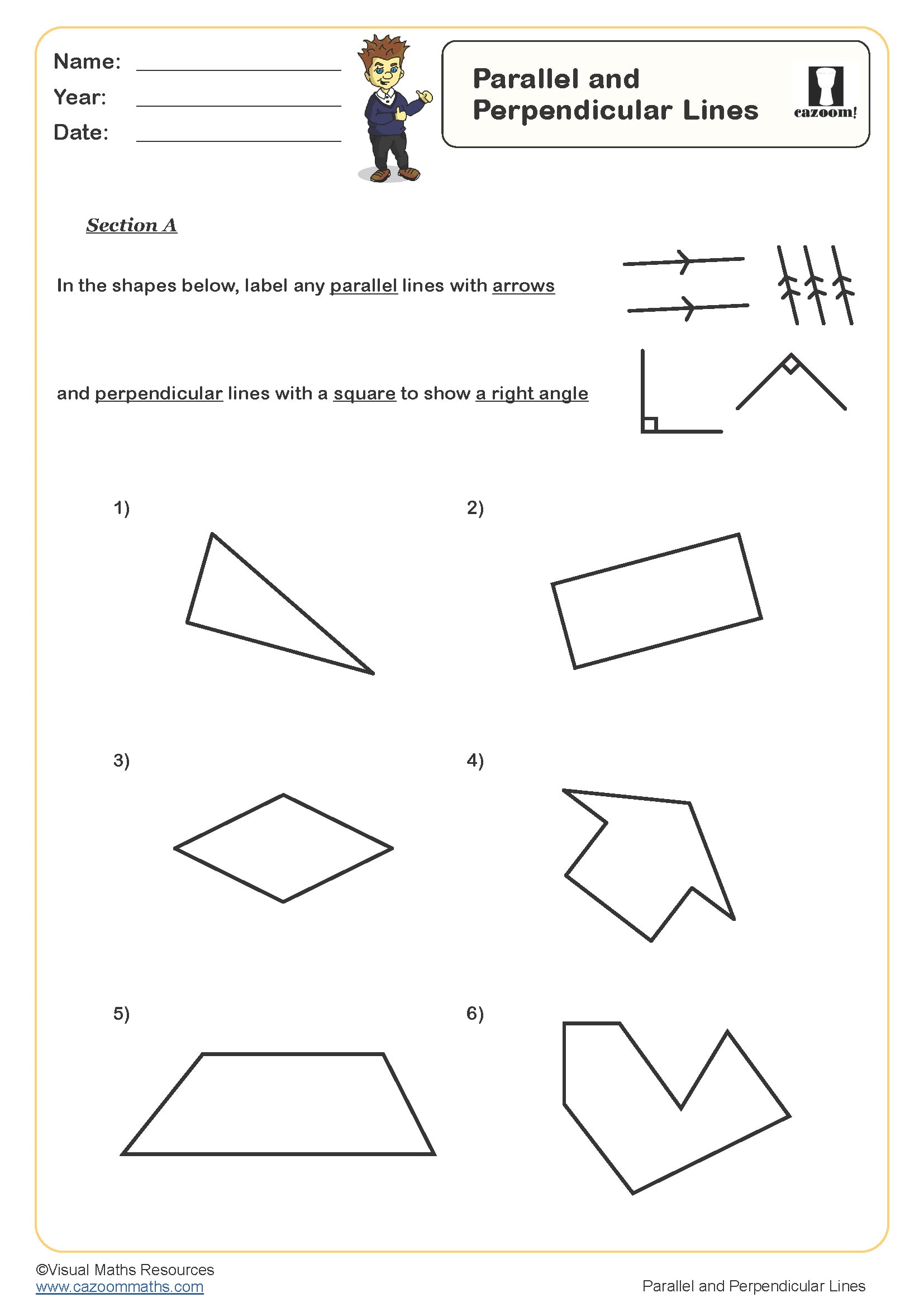
Refelction in Horizontal and Vertical Mirror Lines
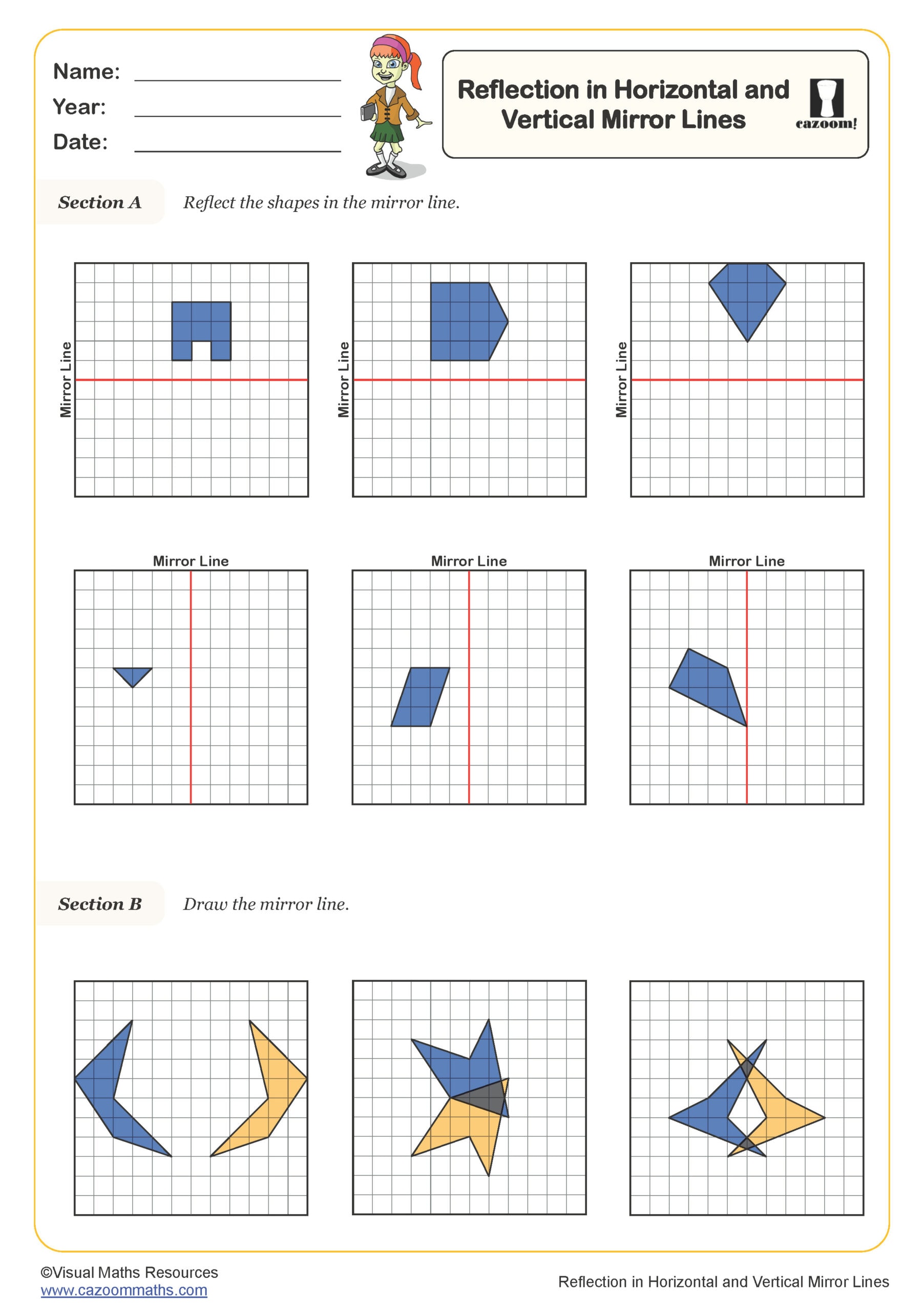
Reflection in Horizontal, Vertical and Diagonal Mirror Lines
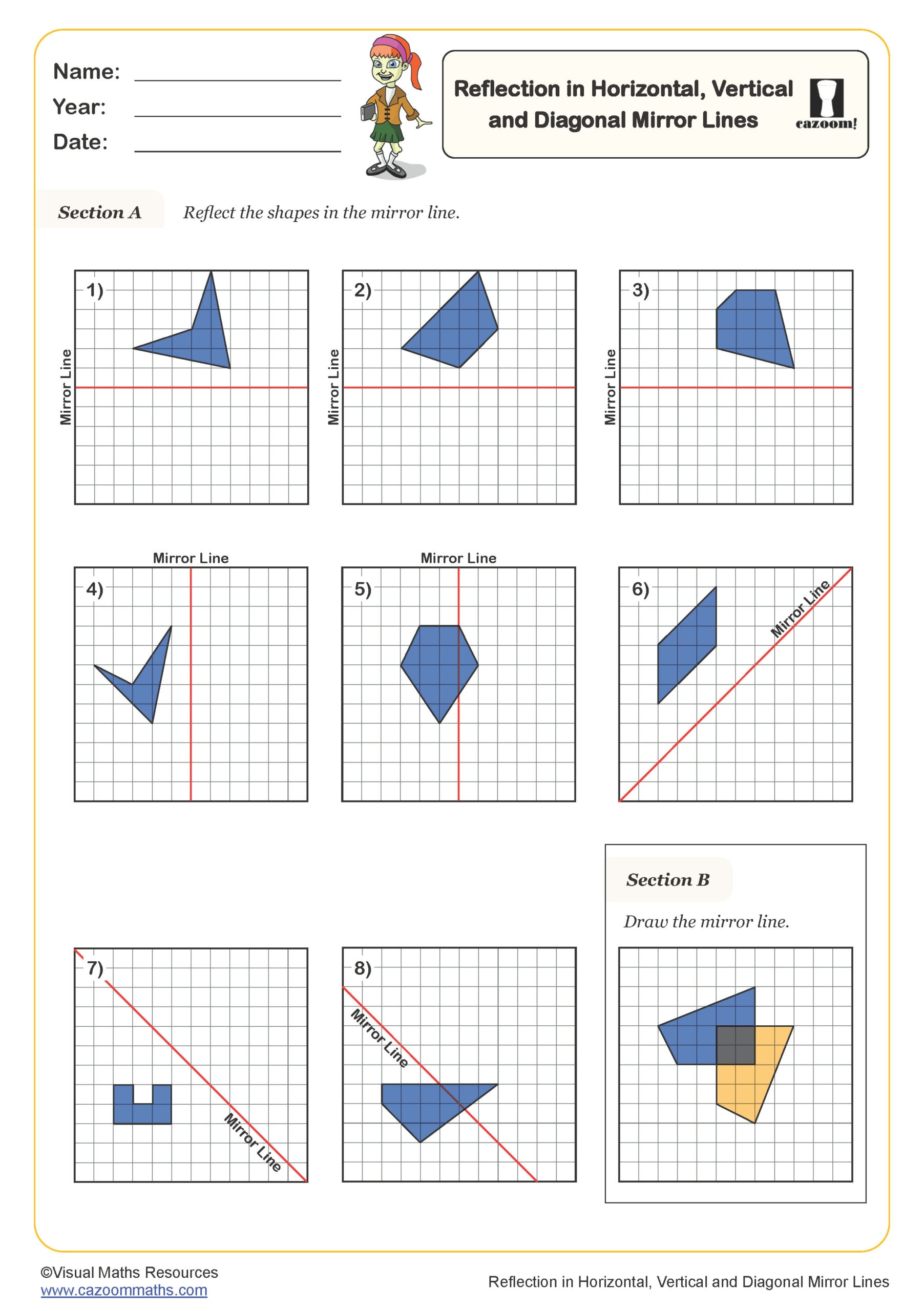
Reflection in X and Y Axes
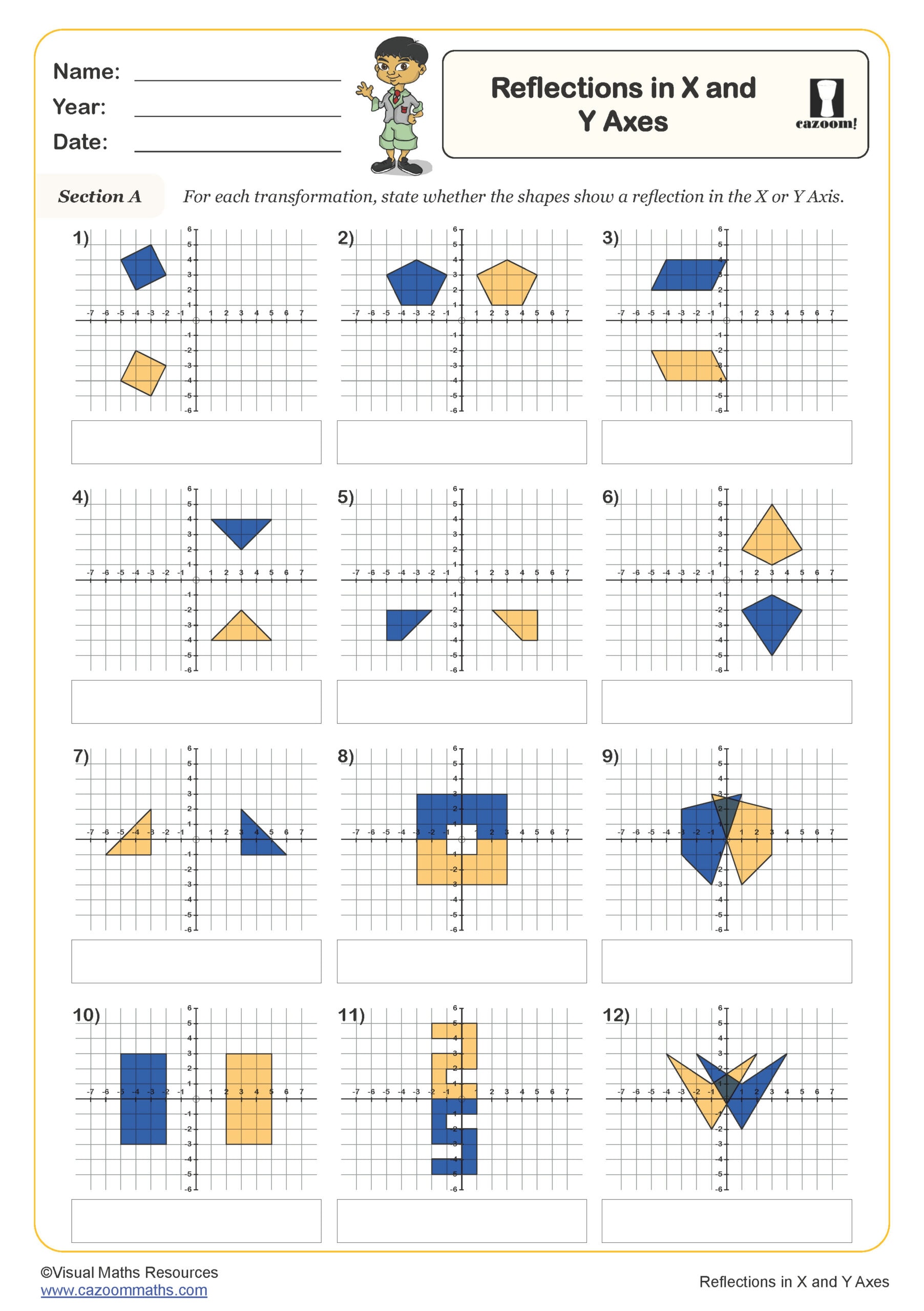
Reflections in the 1st Quadrant (A)
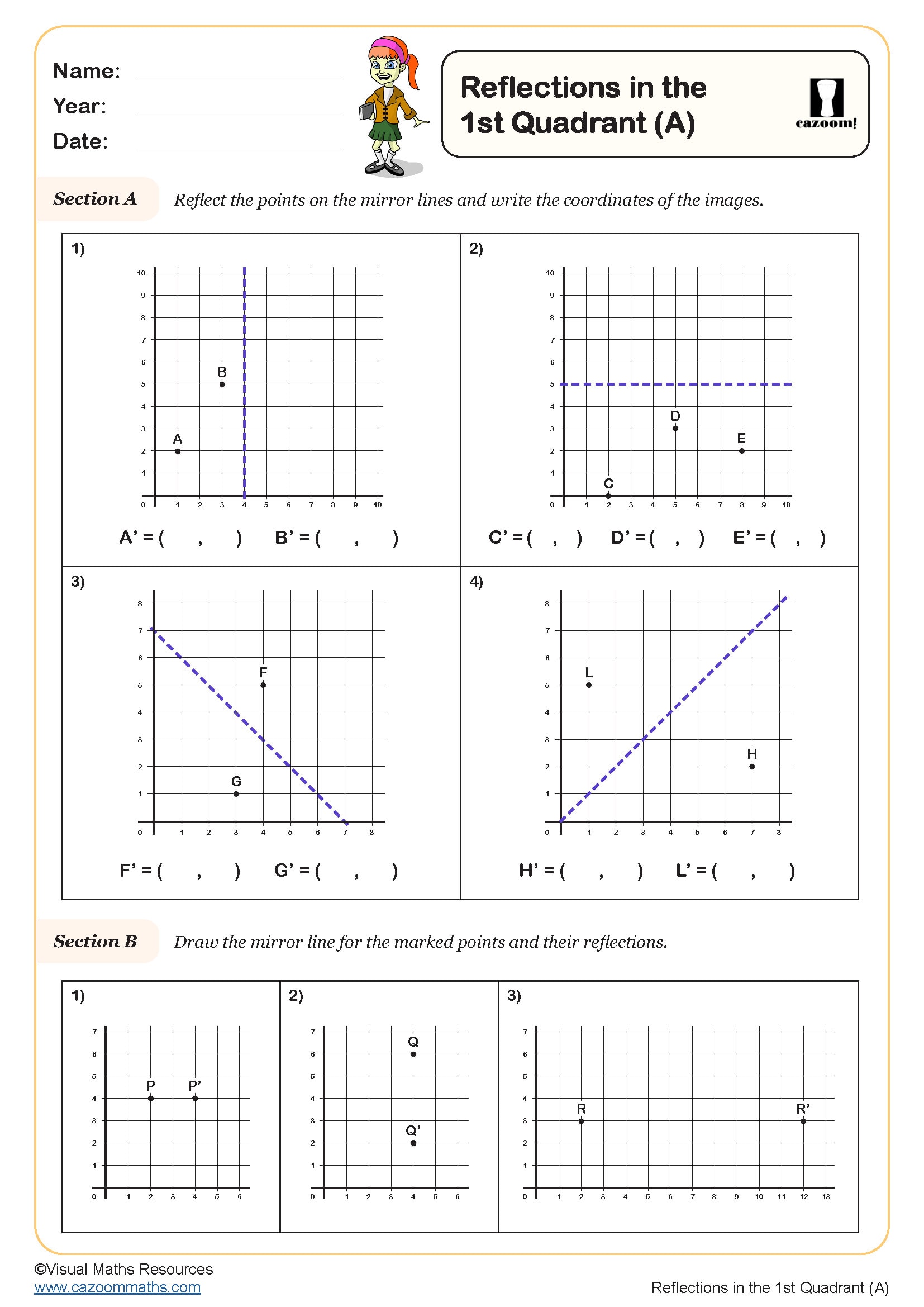
Reflections in the 1st Quadrant (B)
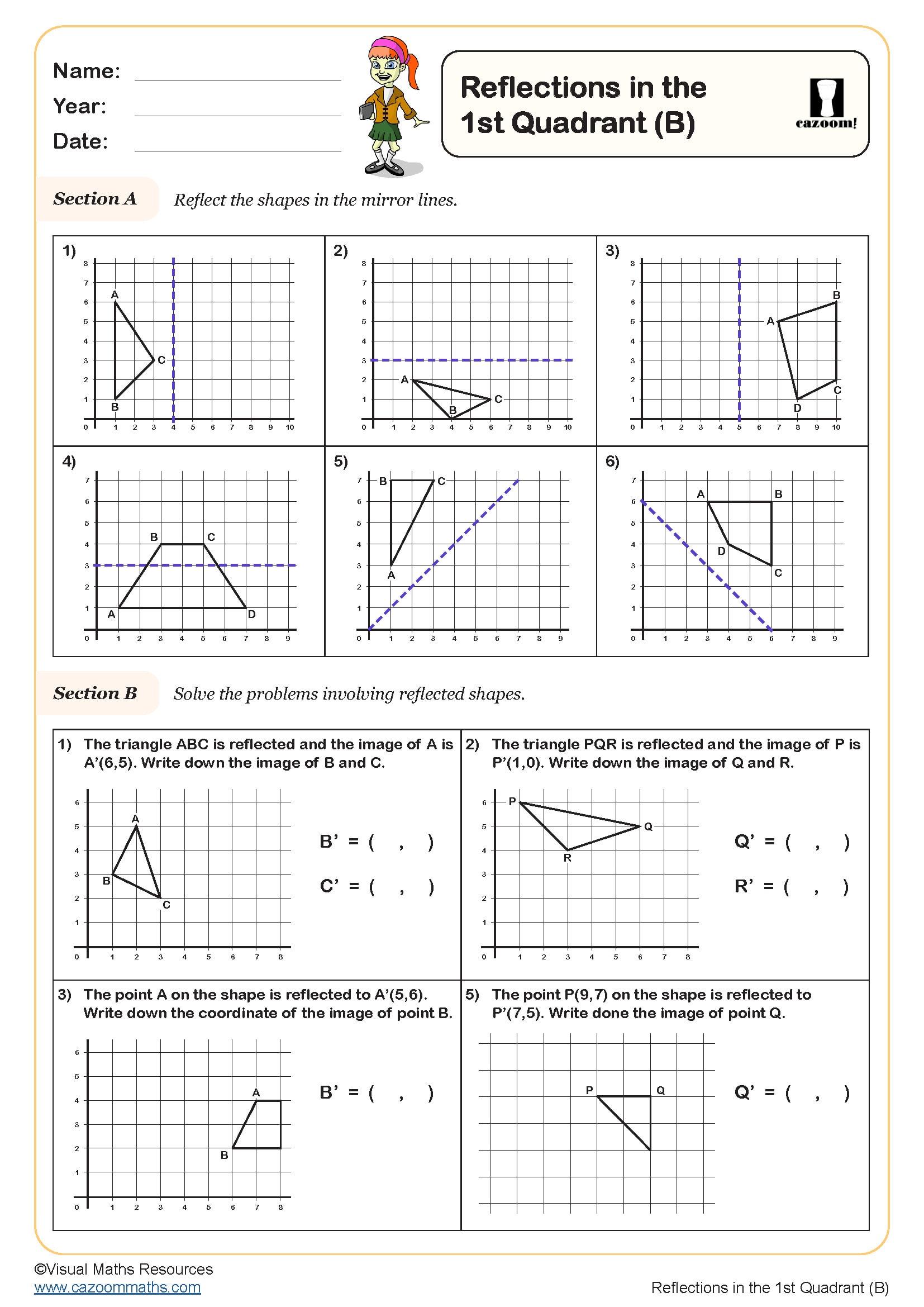
Right angles
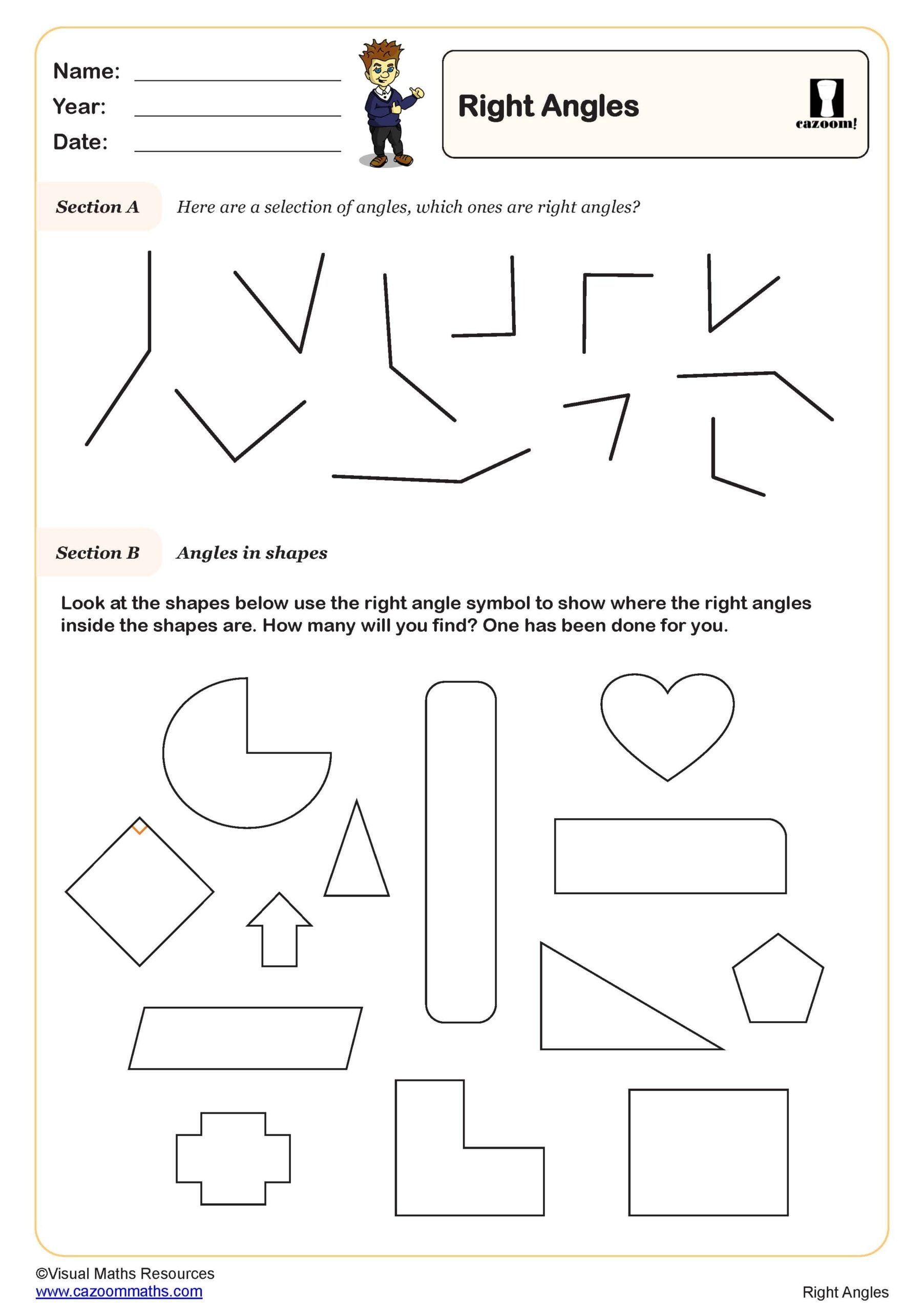
Translations - from Words
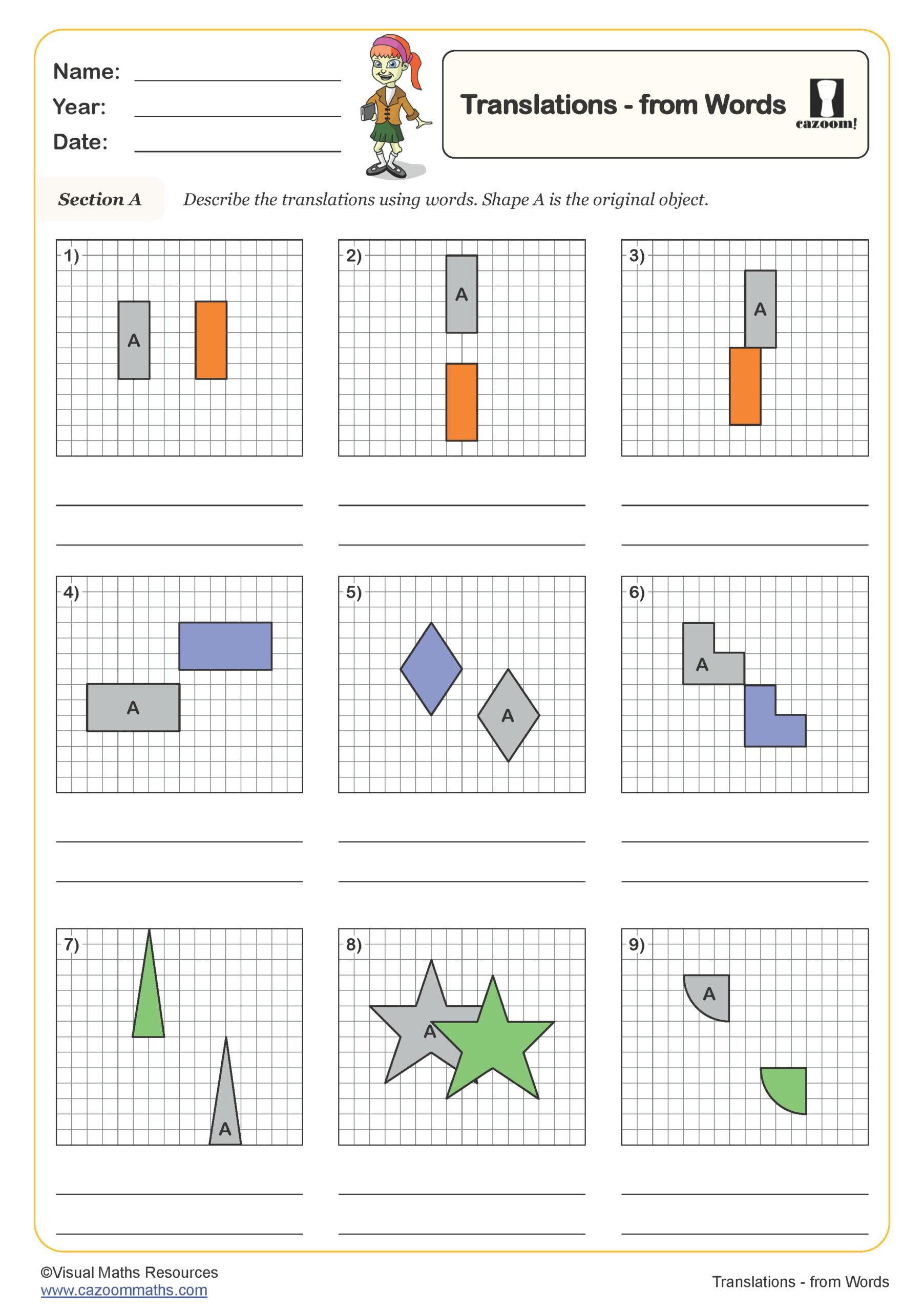
Translations and Reflections in the 1st Quadrant
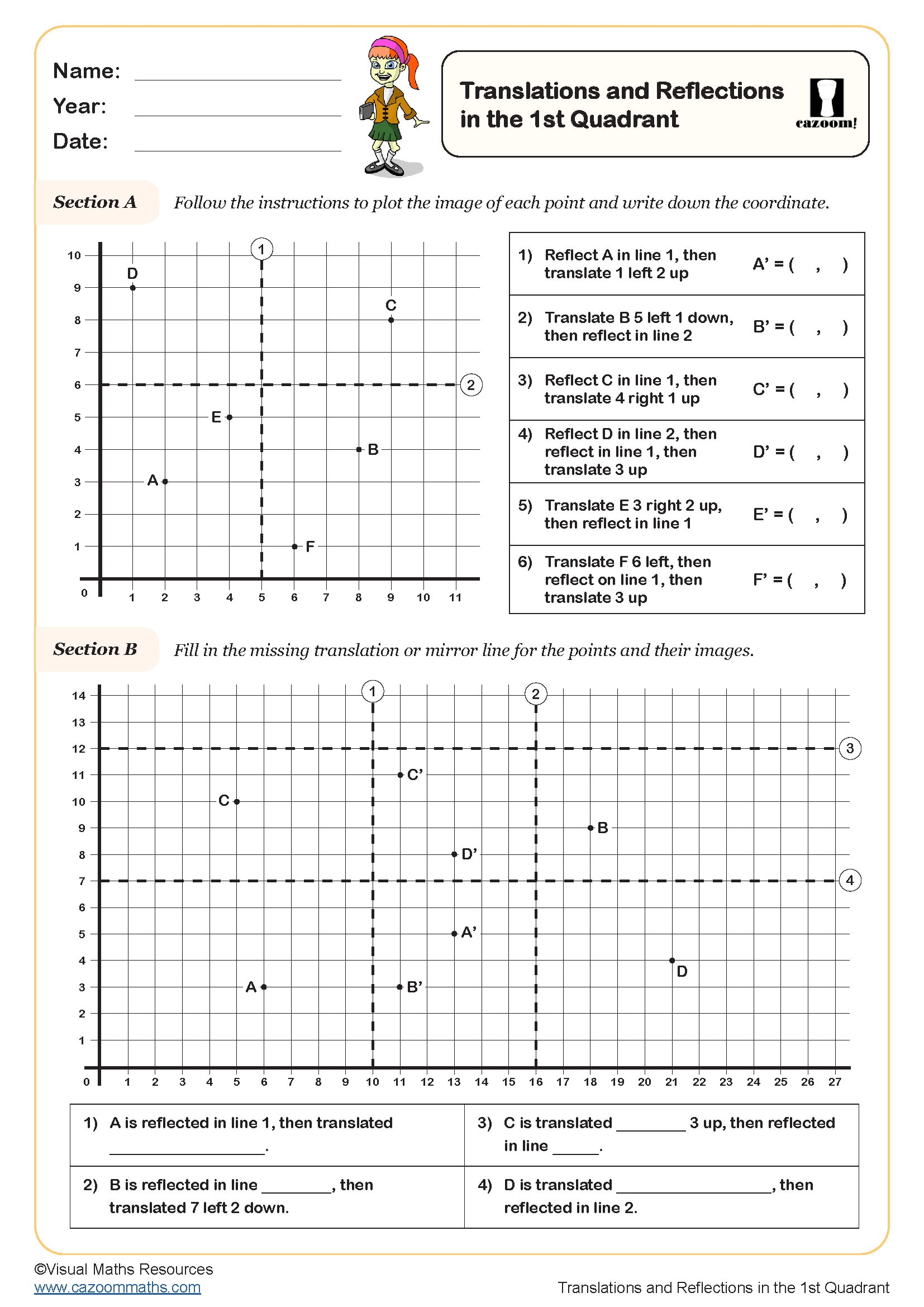
Translations in the 1st Quadrant (A)
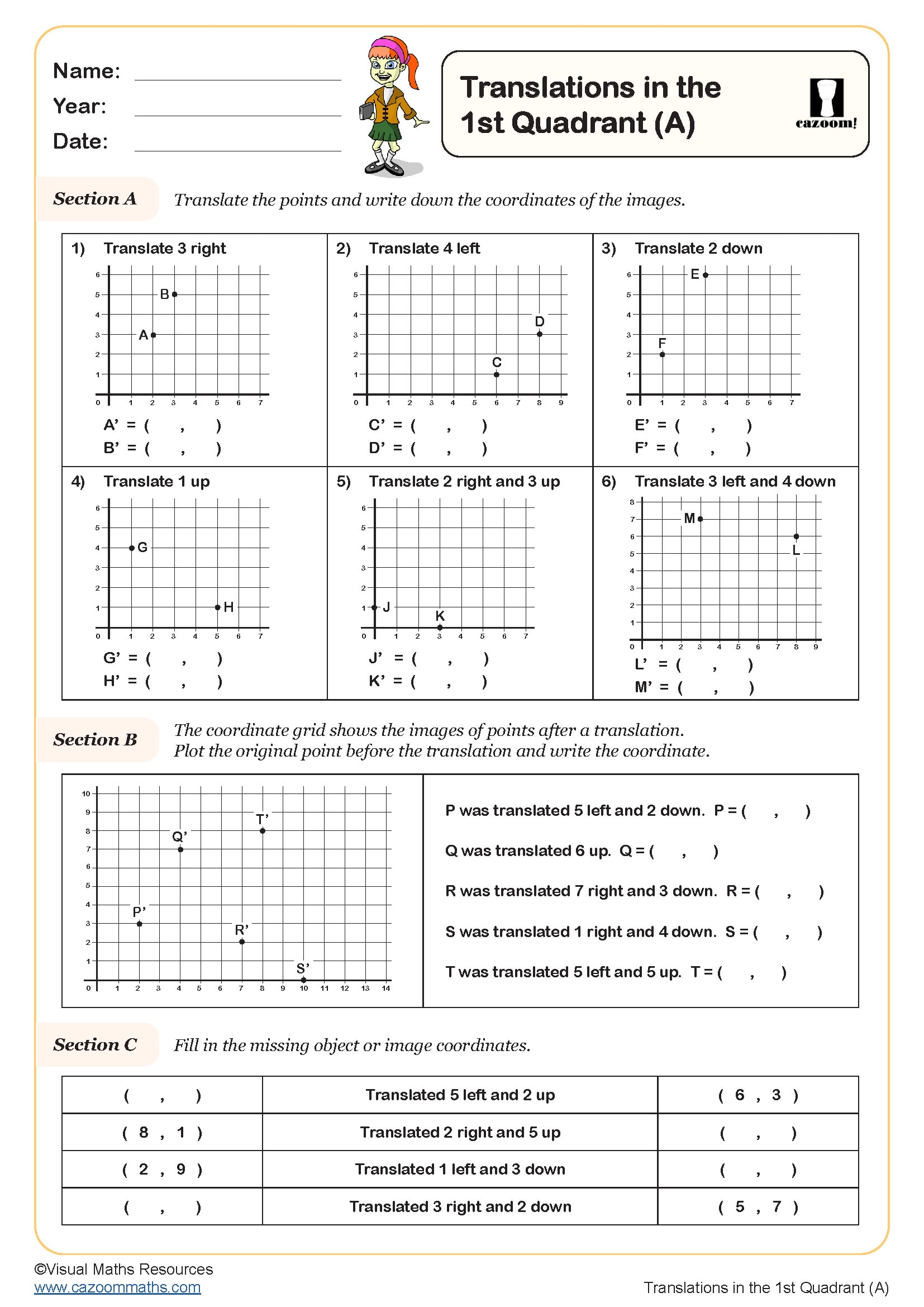
Turning Angles (A)
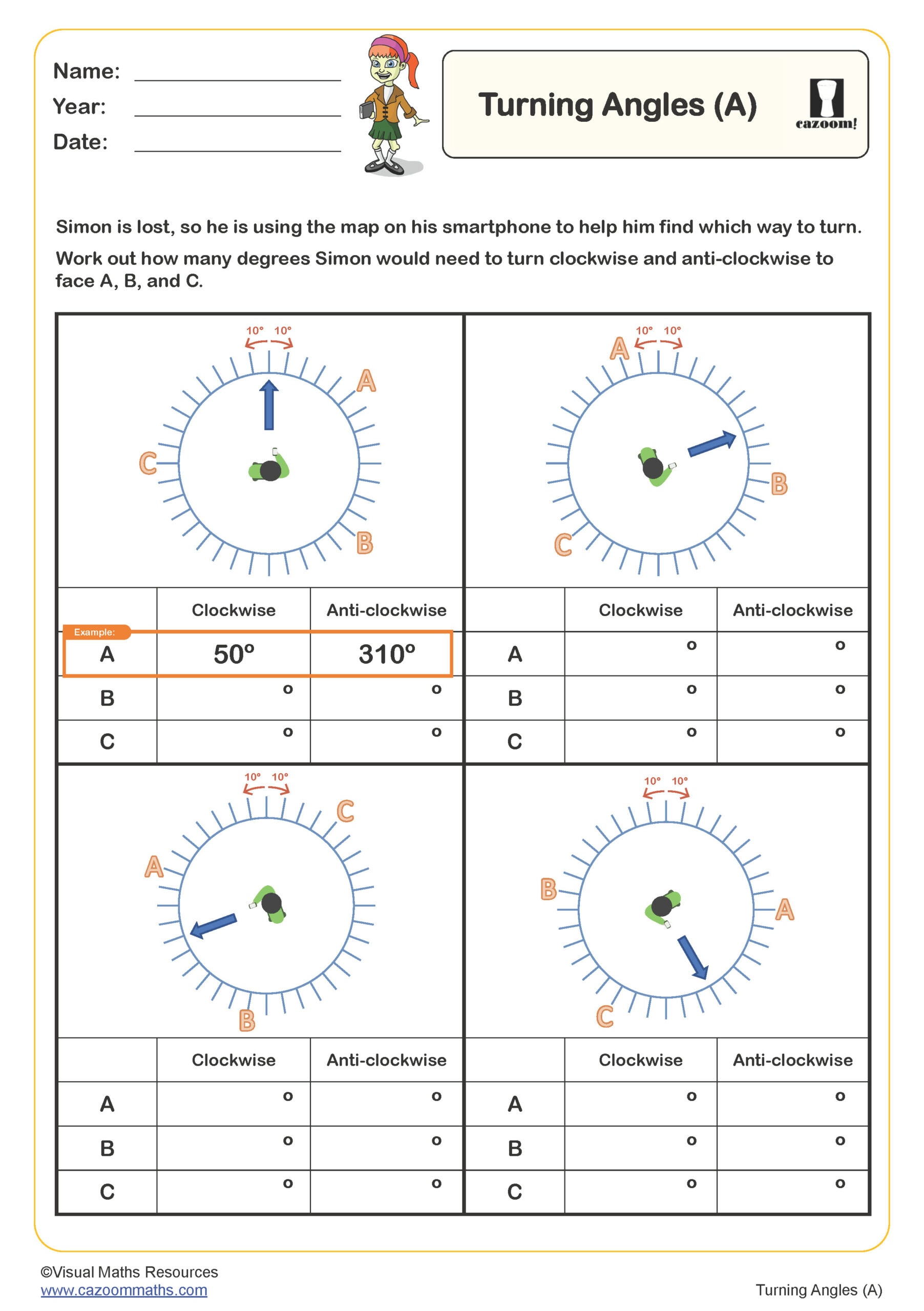
Turning Angles (B)

Vertically Opposite Angles
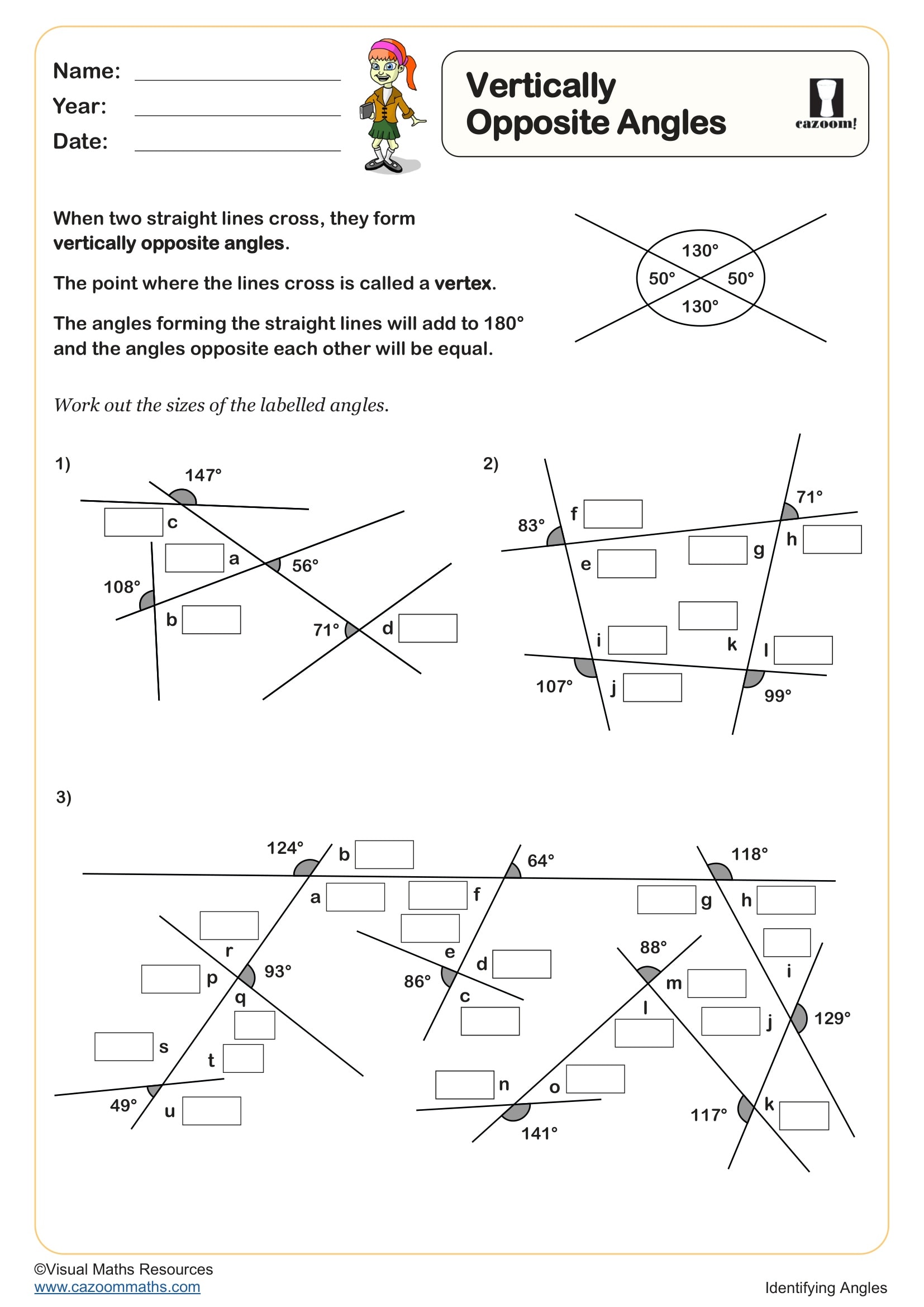
Complete the Year 2 Shapes Worksheet Collection with Answer Keys
Finding quality geometry resources that actually engage Year 2 students isn't easy. Our shapes worksheets for the PDF collection cover everything from 2D shape recognition to basic symmetry work. Each worksheet is created in a ready-to-print PDF format and comes with detailed solutions that show the thinking process, making them perfect for homework, cover lessons, or targeted revision sessions.
Essential Geometry Skills Mastered Through These Year 2 Worksheets
We have packed quite a lot into these worksheets! Students start with basic shape identification before progressing to more challenging concepts like comparing shapes and finding patterns. The progression from simple recognition work to property-based questions really helps build that geometric thinking. Here's what particularly resonates with Year 2 learners:
• 2D shape recognition - circles, squares, triangles, rectangles, pentagons, hexagons
• 3D shape identification - cubes, spheres, cylinders, pyramids
• Shape properties - counting sides, corners, and faces
• Pattern completion - using geometric sequences
• Symmetry basics - finding lines of symmetry in simple shapes
• Position and direction - using geometric vocabulary
Why Year 2 Learners Thrive with Regular Geometry Practice
Here's what we have noticed in classrooms: students who get consistent geometry practice develop much stronger spatial reasoning skills. Regular worksheet practice helps them internalise shape properties rather than just memorising facts. This foundation becomes absolutely crucial for Year 3 geometry work and beyond, particularly when they start tackling more complex shape calculations and measurements.
• Builds confidence with geometric vocabulary and terminology
• Develops visual-spatial reasoning abilities essential for maths
• Prepares students for KS1 SAT geometry questions
• Strengthens pattern recognition and logical thinking skills
• Creates familiarity with mathematical representations and symbols
Where Year 2 Students Actually Use These Geometry Skills Daily
Geometry skills connect beautifully with art lessons, PE activities, and even science topics about materials and structures. We have found that when students see these real-world connections, their engagement with geometric concepts increases dramatically. It's actually quite satisfying when they start spotting geometric patterns everywhere around them!
• Art and design - creating symmetrical patterns and shape-based artwork
• Construction play - building with blocks, understanding 3D structures
• Sports and movement - recognising geometric formations in games
• Nature exploration - identifying geometric patterns in leaves, flowers, and crystals
• Everyday objects - describing and categorising household items by shape
• Technology - understanding icons, symbols, and basic coding concepts